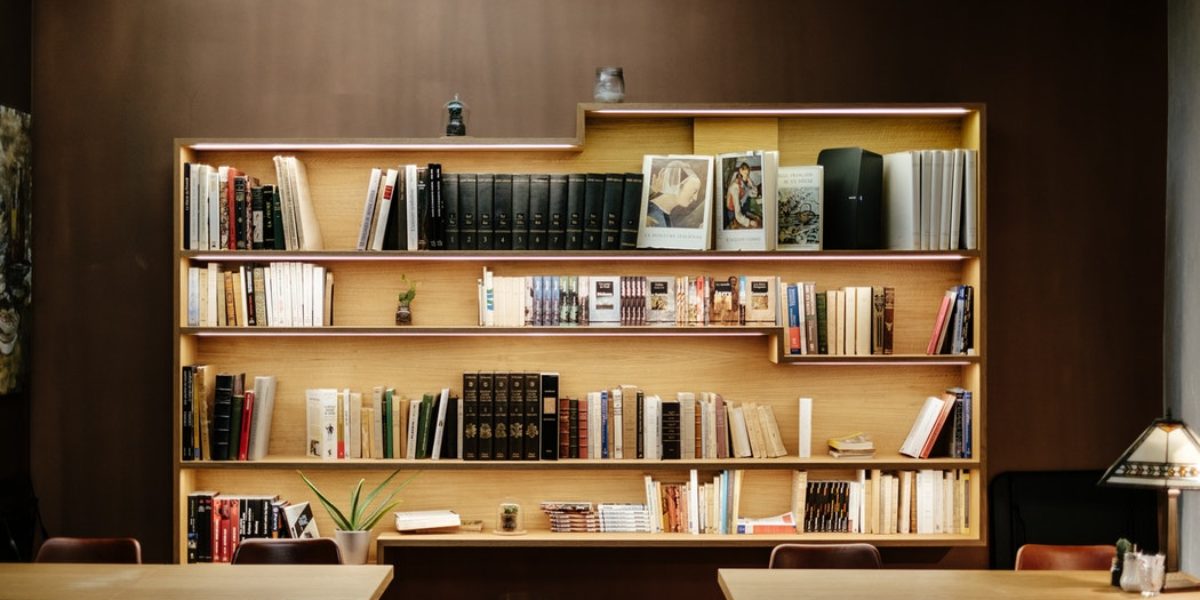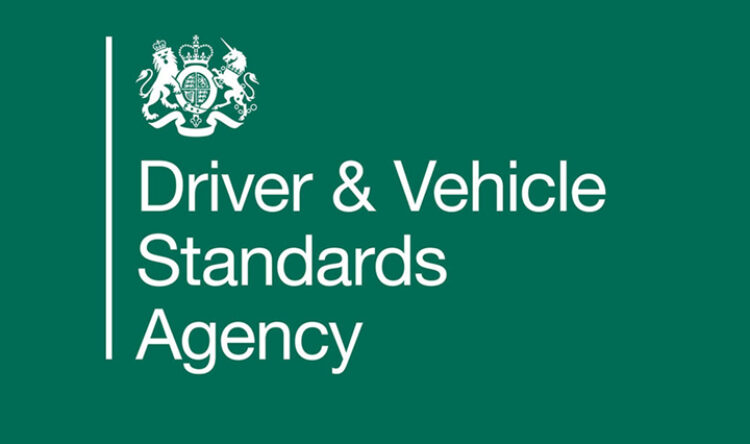Dual carriageways
We welcome motorways to our training regime, but dual carriageways share the same characteristics and more
This is a good, practical opportunity to prepare for motorway driving. Dual carriageways often combine traffic moving at the same high speeds as on motorways, but with the additional hazards such as junctions and slower moving vehicles and the absence of a hard shoulder. In many ways, it trains the driver to be more aware of potential danger whilst driving at higher speeds and can go some way to preventing the driver from slipping into auto pilot when travelling longer distances on motorways. The aim of this topic is to cover defensive driving on two or three lane high speed dual carriageways. As with any of the topics covered earlier, all the driving skills required can be efficiently delivered using the ‘Smith System’.
Stage of ability
- Newly Qualified Driver
Recap
- Pre-test training and Driving Test
Are there any known ‘Dual Carriageway’ skills issues that still present risk of collision or incident?
Core of the lesson
What needs to be reviewed and prioritised?
- Eyesight & Driving Licence checks (if necessary)
- Familiarity with vehicle controls (might be customer’s vehicle)
- Defensive driving – Reducing blameworthy risk on the road
- Positive driving – Driver performance, not vehicle performance
Skills Development
Dual Carriageway topics include:
- Effective observation
- Judgement and planning
- Turning left from and onto dual carriageways
- Turning right from dual carriageways
- Turning right onto dual carriageways
Route Planning to:
- ensure that your new driver has the maximum opportunity to learn and apply these skills
- manage the time effectively and pre-determine any periods of independent driving
- Effective observation
This includes:
- Early and frequent use of the mirror – Dealing with blindspots
- Continual re-assessment of the movement of other road users, especially those ahead, alongside and behind
- Scanning the near, middle and far distance, and changing focus between them
Coaching Exercise
For example, on the move, ask student what they see when:
- looking well ahead (visually scanning the near, middle and far distance)
- moving the eyes (checking all mirrors, ensuring that any vehicles in the blind areas are identified)
On the move:
- keeping space (is there a safety cushion ahead and to the sides of the vehicle?)
On the move:
- What possible problems can be seen (junctions including roundabouts, service buses pulling out of bus lay-bys, changing traffic patterns)
- Be seen (use of headlights, signals or road positioning)
- Judgement and planning
When:
- Joining from slip roads
- Adjusting speed to fit in with the movement of other traffic
- Keeping a safe distance from the vehicle ahead (the two second rule)
- Overtaking: deciding when it is safe, allowing enough time, using the MSM routine, moving back to the left without cutting in
- Anticipating when the road becomes single carriageway: looking for signs, observing the far distance, reducing speed
Introduce this section as:
- Joining the dual carriageway (Use of the Mirror(s), Signal Manoeuvre routine)
- Driving along the dual carriageway (Use of Speed, Positioning and Lane discipline, Overtaking)
- Leaving the dual carriageway (Use of the Mirror(s), Signal Manoeuvre routine)
Coaching Exercise
Interact with the student on the move using the “Smith System”. For example:
- Look well ahead (what can be seen, what can’t be seen, what can we reasonably expect to happen?)
- Move the eyes (checking mirrors, comparing view in interior mirror with both exterior mirrors)
- Keep space (from vehicles in front and avoid being three abreast)
- Spot the problems (fixed features such as junctions, moving features such as traffic and environmental features such as the condition of the road surface)
- Be seen (on faster roads, the use of headlights and signals in plenty of time)
- Turning left from and onto dual carriageways
What type of join or exit?
- Traditional junction (standard emerge/exit)
- Slip road (acceleration/deceleration lane)
Coaching Exercise
Ask student how the different type of junction affects:
- Approach position and speed
- Judging the traffic speed and looking for safe gaps to emerge/exit
- Turning right from dual carriageways
What information can be seen?
- Primary/Non-primary route traffic signs giving route directions
- Traffic signs and/or road markings giving lane advice
- Uncontrolled or controlled by traffic light signals
What types of junction layout can be expected?
- Traditional junction
- Slip/filter lane
Coaching Exercise
On the move, ask student to “look well ahead” and identify all or any of the above
- Turning right onto dual carriageways
What information can be seen?
- Primary/Non-primary route traffic signs giving route directions
- Traffic signs and/or road markings giving lane advice
- Uncontrolled or controlled by traffic light signals
Where the junction is uncontrolled, crossing the first carriageway before turning right will call for excellent observation skills.
Coaching Exercise
Ask student:
- To assess the width of the central reservation (Is there enough room to protect the full length of the vehicle? (What do we do if there isn’t enough room?)
- How to judge the speed and distance of approaching traffic and at which point it will be safe to emerge
6. High speed navigation on dual carriageways
Coaching Exercise
Dual carriageways on A-class roads will often carry a considerable volume of traffic at high speeds. These roads are not built to the same standard of motorways, but do require the same observation skills and techniques.
As a final practical coaching exercise, determine a pre-set route that involves the student independently following primary route signs and information at speeds above 40mph and, where possible, up to the National Speed Limit.
The focus of this exercise should include use of primary and non-primary route traffic signs as well attention to all relevant road markings. This includes correct use of satellite navigation equipment.





